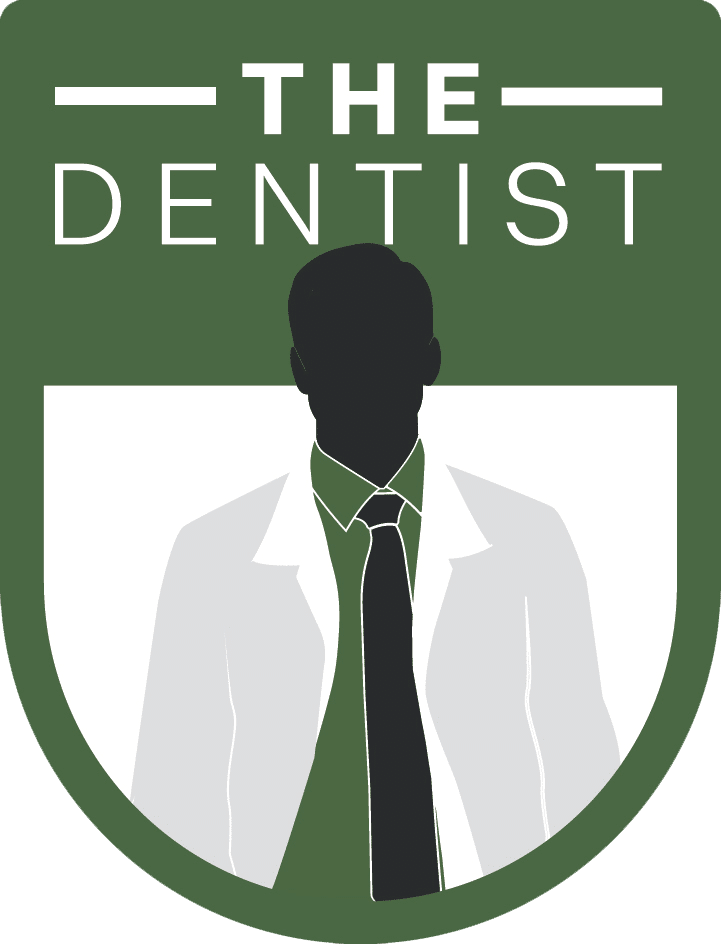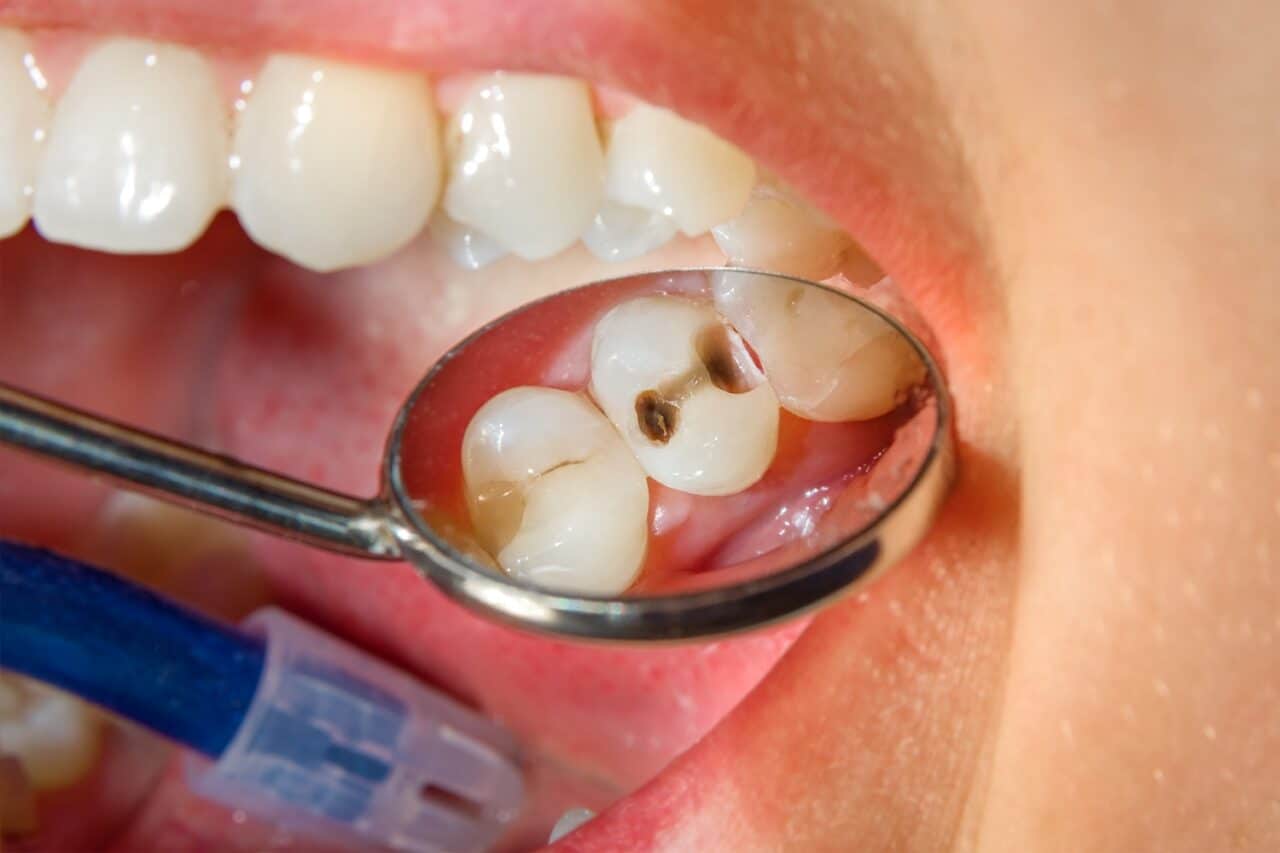Have you ever wondered why that small spot on your tooth can cause such intense, throbbing pain? Cavities hurt because they’re more than just holes in your teeth—they’re progressive infections that create a direct pathway to your tooth’s sensitive nerve endings. While many assume cavities only cause pain when they’re severe, even minor tooth decay can trigger sharp sensations when you bite into something cold or sweet. Understanding why cavities hurt is crucial for recognizing early warning signs and preventing minor dental issues from becoming major problems that can affect your daily life and overall oral health.
Understanding Why Cavities Hurt
Cavity pain can range from mild sensitivity to intense throbbing, affecting your daily activities and quality of life. This discomfort occurs when tooth decay damages the protective enamel layer, exposing the sensitive inner structures of your tooth.
What Are Cavities?
Cavities are areas of permanent damage to your tooth’s surface that develop into holes. They form when bacteria in your mouth produce acids that erode tooth enamel. The bacteria, particularly Streptococcus mutans, feed on sugars and carbohydrates, creating a hostile environment that leads to tooth decay.
The Science Behind Cavity Pain
Your tooth consists of several layers:
- Enamel (outer protective layer)
- Dentin (sensitive middle layer)
- Pulp (inner layer containing nerves and blood vessels)
When cavities break through the enamel, they expose the dentin, which contains thousands of microscopic tubes leading to the nerve endings. This exposure triggers pain signals, especially when encountering:
- Hot or cold temperatures
- Sweet foods
- Pressure from biting or chewing
Stages of Cavity Pain
1. Early Stage
- Mild sensitivity to temperature changes
- Occasional discomfort with sweet foods
- Pain that comes and goes
2. Moderate Stage
- Increased sensitivity
- Pain when biting
- Visible holes or dark spots
3. Advanced Stage
- Constant throbbing pain
- Sharp pain when eating
- Possible swelling or infection
Identifying Cavity Symptoms
Common signs that indicate you may have a cavity include:
- Tooth sensitivity
- Visible holes or pits
- Dark spots on teeth
- Pain when eating
- Rough feeling when touching the affected area
Beyond Cavity Pain
Not all tooth pain indicates a cavity. Other common causes include:
- Gum disease
- Cracked teeth
- Grinding (bruxism)
- Exposed root surfaces
- Sinus infections
Managing Cavity Pain
While waiting for professional treatment, you can:
1. Use over-the-counter pain relievers
2. Apply clove oil to the affected area
3. Rinse with warm salt water
4. Avoid extreme temperatures
5. Brush gently with sensitive toothpaste
Prevention Strategies
Prevent cavities and associated pain through:
Daily Care:
- Brush twice daily with fluoride toothpaste
- Floss between all teeth
- Use an antimicrobial mouthwash
Dietary Choices:
- Limit sugary foods and drinks
- Avoid frequent snacking
- Drink plenty of water
Professional Care:
- Regular dental checkups
- Professional cleanings
- Fluoride treatments when recommended
When to Seek Professional Help
Contact The Dentist LV immediately if you experience:
- Severe or persistent pain
- Visible holes in teeth
- Pain that interferes with daily activities
- Signs of infection (swelling, fever)
Early intervention can prevent more serious complications and reduce treatment costs. Schedule an appointment with The Dentist LV through our online contact form for comprehensive cavity treatment and preventive care.


